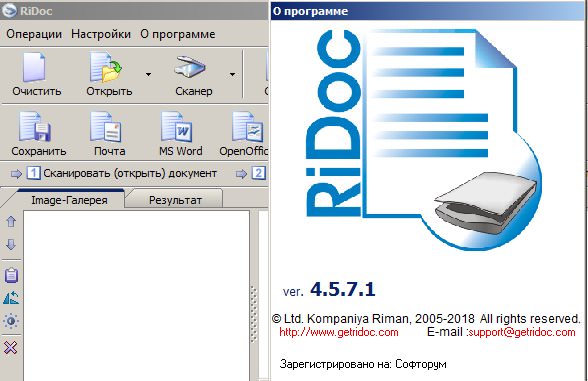
The 20°-30° CW Neogene rotation of the Cordillera Occidental is indistinguishable from the post-Cretaceous rotation of the Coastal forearc oceanic blocks, implying that the whole W Ecuador Andean chain was detached and rotated over a mid-crustal detachment during the last 10 Ma. As rotation and continental sedimentation onset ages are similar, we interpret such tectonic depression as a narrow flexural basin formed ahead of the advancing nappe front. Of the Cordillera Occidental nappe onto the continental sediments of the Interandean Valley, blanketing the Cordillera’s eastern margin. We relate the regional CW rotation to the emplacement Eleven sites show that the western Cordillera Occidental underwent a 23.9°☙.6° clockwise (CW) rotation with respect to South America after late Miocene times, while no rotation occurred further east. Here we report on the paleomagnetism of 31 mid-upper Eocene to upper Miocene mainly volcanic sites from the Cordilleras Occidental and Real of southern Ecuador. However, the relevance of both strike-slip versus thrust tectonics during Cenozoic times and their relation with oceanic terrane accretion are unclear. GPS data suggest that the NW South America corner forms a semi-rigid block drifting NE-ward along regional dextral strike-slip faults that bound an oceanic terrane accreted in Late Cretaceous times to W Ecuador and Colombia. An insight into the connection via marine incursions between the Miocene basins and either the Pacific Ocean or the eastern Oriente basin, is provided herein as a discussion based on the data collected and a local paleogeographic model. Compressive tectonics continues throughout the Pliocene with alluvial sedimentation (Suro Unit) and the gradual inversion of the basin-bounding normal faults into thrusting systems that currently predominates at basin borders. This episode of basin inversion is primarily evidenced by the arrival of thick alluvial successions (conglomerates) composing the Cerro Mandango Formation. During the subsequent continental sedimentation, which occurred in the late Miocene (9-5 Ma), the prior basin-fill was partially deformed and uplifted. Proximal facies within a deltaic system under tidal influence were preserved as the San José and San Francisco Formations, while a flat tidal system alternating between arid and humid climatic episodes was preserved as the Santo Domingo Formation.

The history of basin-filling was initiated in the middle to late Miocene (15-10 Ma) as a lowland basin. Long-term patterns of basin sedimentation suggest a basal fining-upward sequence of marginal-marine lithofacies that gradually passes upward into a coarsening-upward sequence (conglomeratic) typical of a continental setting.


It is unconformably underlain by a metamorphic and volcanic basement and usually exhibits some evidence of synsedimentary deformation and synchronous volcanism. The 500–1100 m thick Malacatos-Vilcabamba basin fill currently lies at about 1470 m above current sea level. We defined twenty-three sedimentological facies grouped into seven facies associations and three different depositional systems (deltaic, tidal flat and alluvial fan) for the entire basin fill. A detailed lithostratigraphic and sedimentologic study was performed in the southern Andes of Ecuador along the Malacatos-Vilcabamba intermontane basin, a thrust-controlled inverted basin developed during the middle Miocene.


 0 kommentar(er)
0 kommentar(er)
